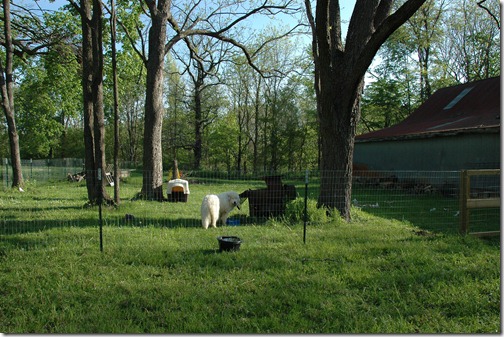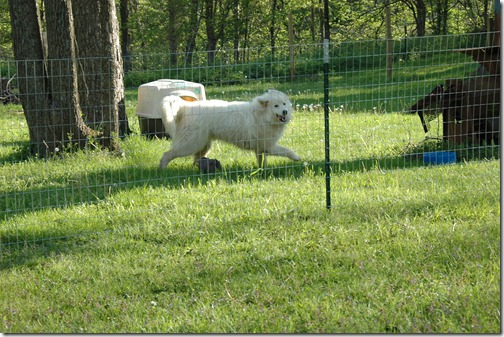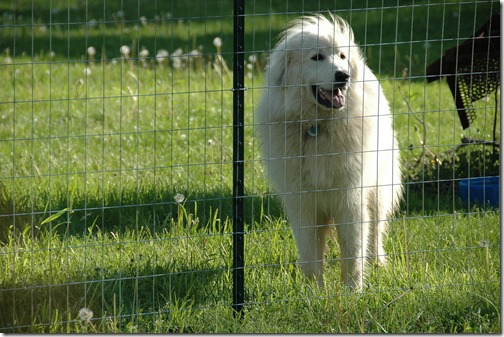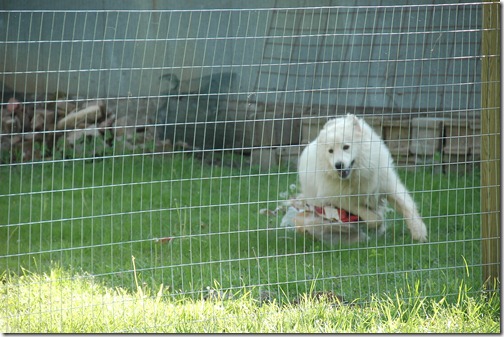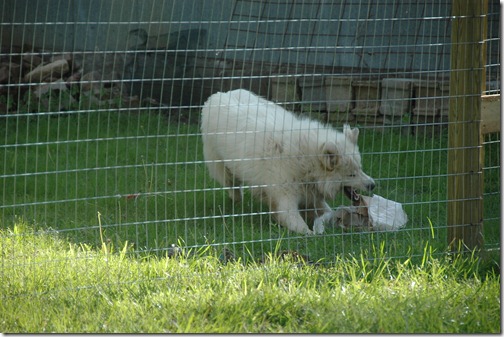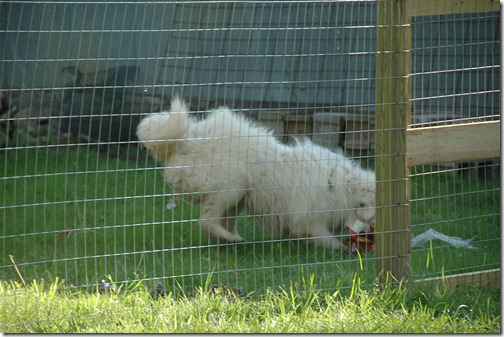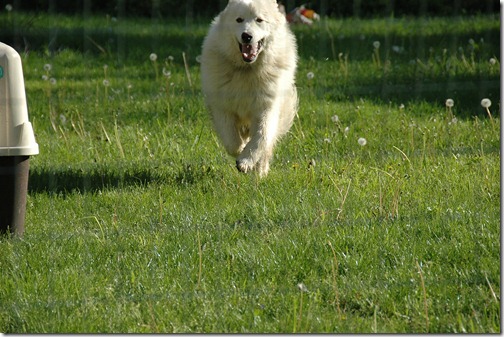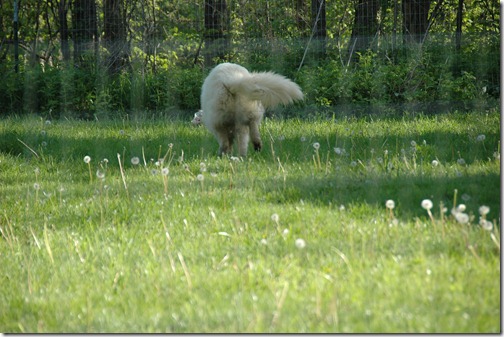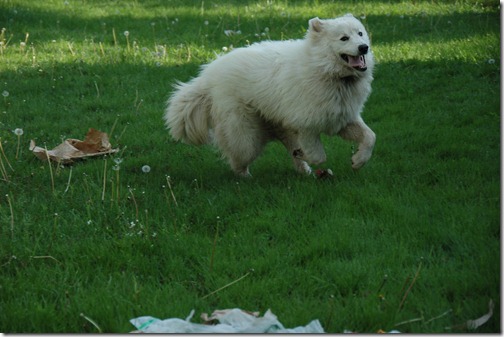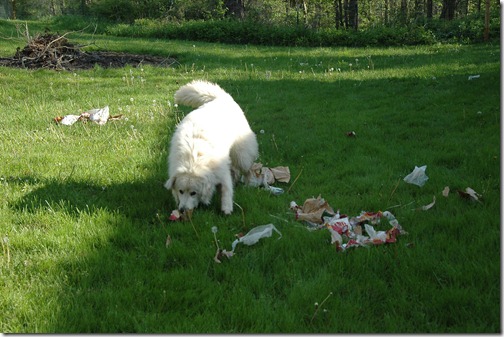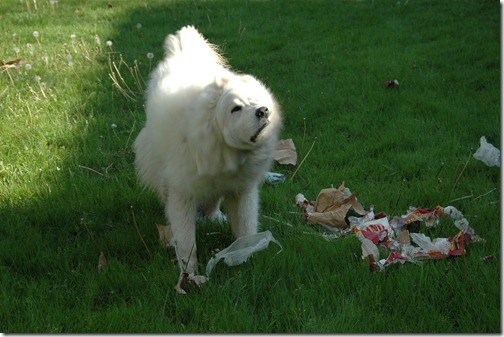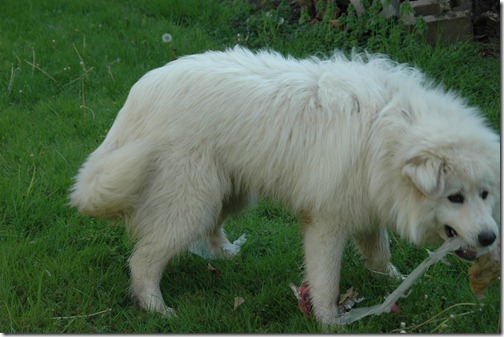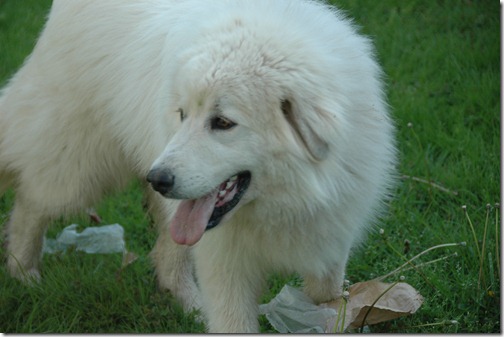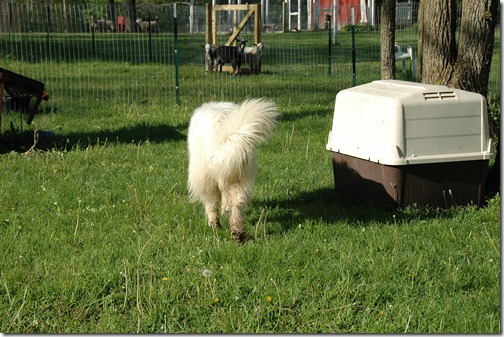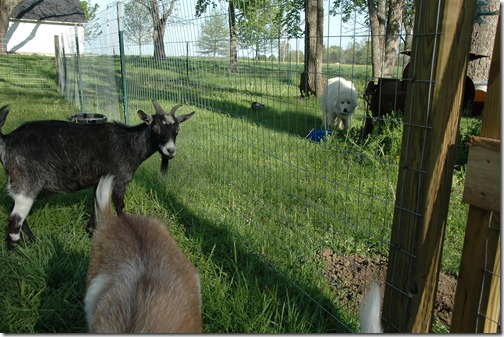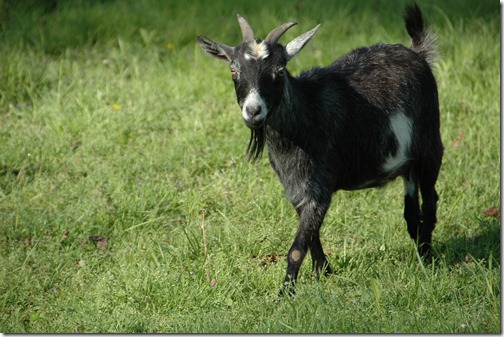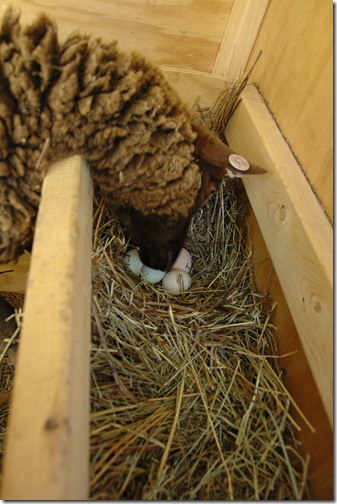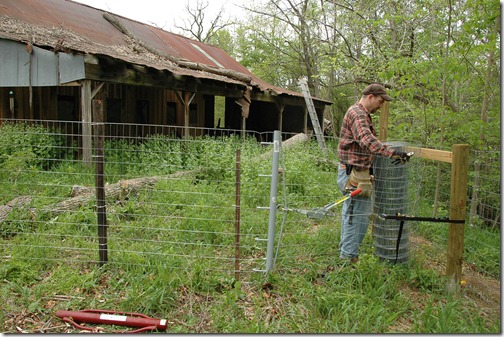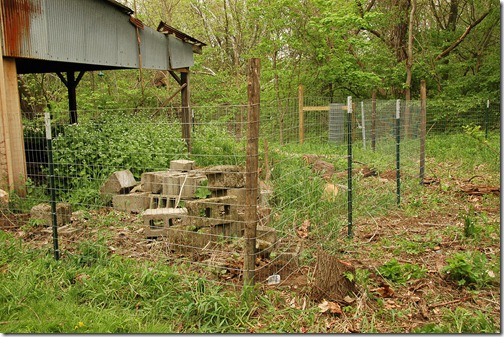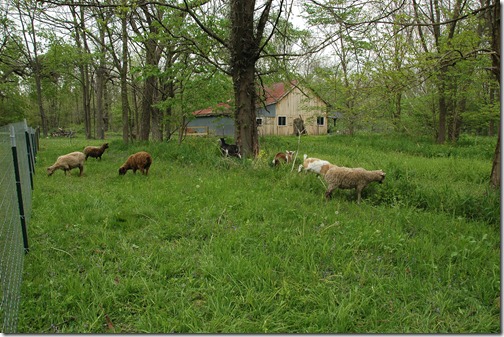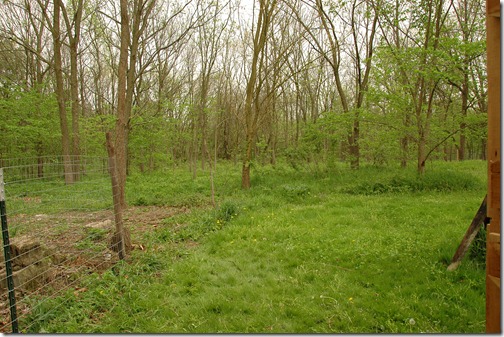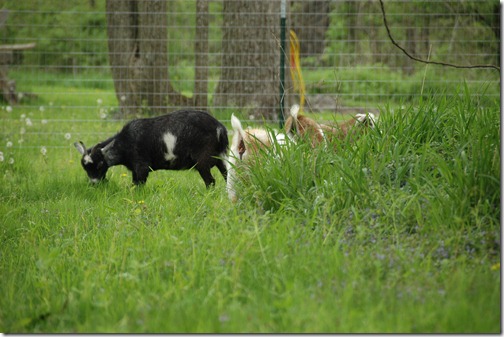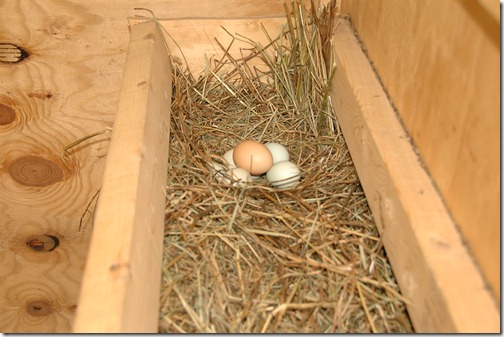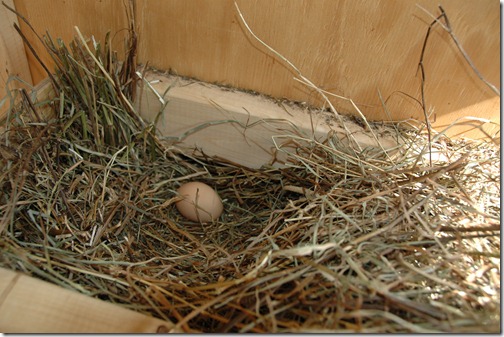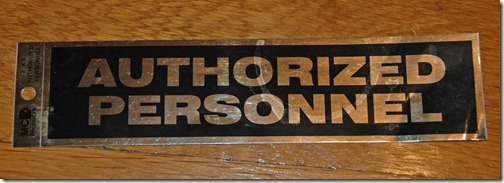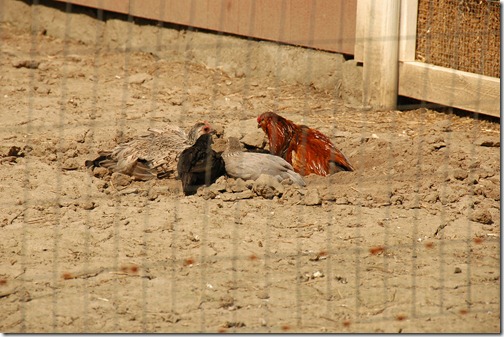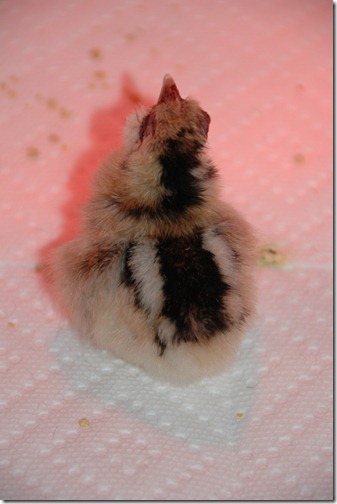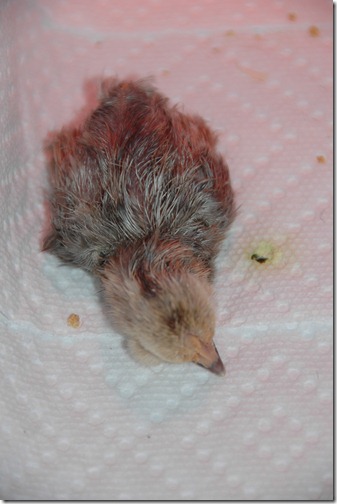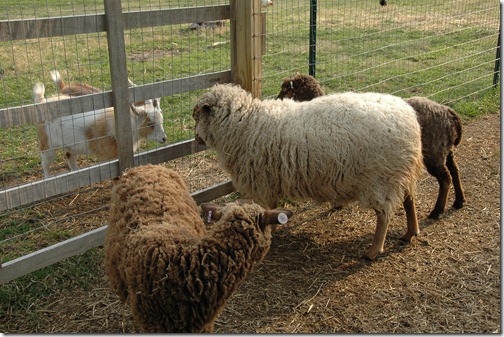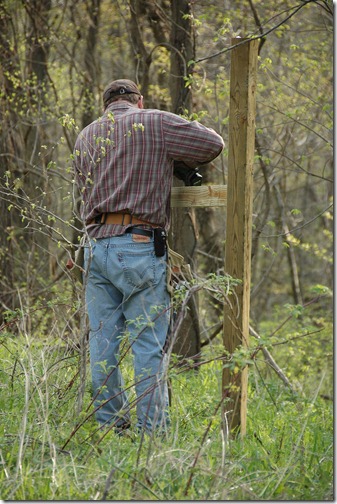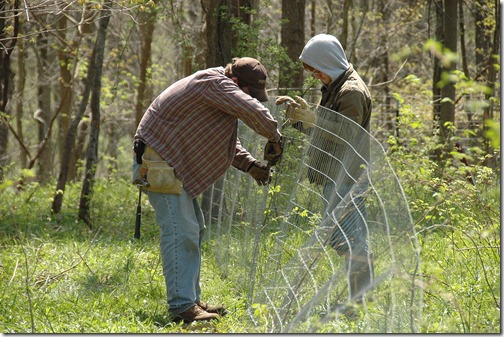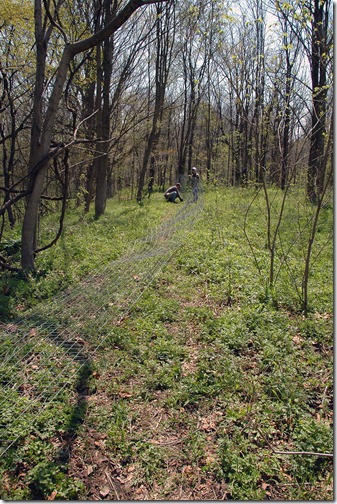(ATTN: Calling all proofreaders! This is a rough draft of the argument paper I’m turning in for my English class. I need some help proof reading it, if you notice any errors or have any suggestions on how to improve it please contact me before Monday. I’m open to any suggestions. Thank you!)
On a hot summer day, what could be better than a backyard barbeque? The kids run around the yard playing in the sprinkler, Mom carefully sets the table and prepares the food, and of course, Dad mans the grill while talking sports with his buddies. A scene right out of the movies right? One from a romantic comedy, or maybe a drama. But for one family it was more like a horror movie. It was, in fact, the beginning of their worst nightmare. You see, those burgers Mom carefully made by hand and Dad grilled were laced with E-coli. Their son, a two-and-a-half year old happy, healthy, little boy died twelve days after eating one.
Factory farming, the mass production of livestock and crops to produce high-volume, low-cost food to consumers, has taken over the American food system. Current government regulations of the US factory-farmed food supply are not sufficient to protect consumers from disease and other health risks; parents need to protect themselves by opting out of the factory farm system, learning to cook again and starting to produce their own food.
While producers and leaders of agribusiness feel industrial farming is a necessary evil to provide enough food to meet global demand, it leaves the consumer in a compromised position. The industry is very secretive about how the food is produced. They don’t want you to know the truth about the food you are eating, because if you did, you might not want to eat it. Food today comes from assembly lines where both the workers and the animals are being abused and the food has become much more dangerous in ways that are being deliberately hidden from us.
Regardless of how the livestock is treated or what safety inspections have been conducted we are led to believe that someone out there is checking it and it is safe to give to our children. That’s what the Food and Drug Administration (FDA) is for right? In 1972, the FDA conducted approximately 50,000 food safety inspections yet in 2006 they conducted only 9,164. (Kenner, 2008). The question isn’t “Where’s the Beef” anymore, it’s “Where’s the FDA?”
In the seventies there were thousands of slaughterhouses across the country, but now there are only thirteen. Thirteen slaughterhouses that process most of the beef in this country. Think about that for a minute. Think about how many hamburgers are served every day at your local McDonalds. Now think about how many McDonalds there must be in America. If there are pathogens in one hamburger, it’s a safe bet it’s in all the hamburgers from that meat processing plant that day. On average, consumers eat 14 billion hamburgers per year in the United States alone (Beef it’s What’s for Dinner, 2009). Outbreaks can now spread like wildfire.
In 2001, Barbara Kowalcyk’s two-and-a-half year old son, Kevin, died from E-coli found in tainted hamburger (Kenner, 2008). The meat tested positive at the plant for E-coli on August 1, but there was no recall of meat products until August 27, sixteen days after Kevin died (Kenner, 2008). While explaining Kevin’s story for the documentary, Food Inc., Mrs. Kowalcyk said, “We put faith in our government to protect us and yet we’re not being protected at a most basic level” (Kenner, 2008).
In 1998, the United States Department of Agriculture (USDA) implemented microbial testing for salmonella and E-coli (Kenner, 2008). The idea was that if a processing plant repeatedly failed the tests the USDA would shut down the plant until the problem was resolved (Kenner, 2008). The poultry and meat industry lobbyists fought the USDA in court, winning the case, claiming the USDA didn’t have the authority to shut them down (Kenner, 2008). Now, even if a plant tests positive, the USDA can’t do anything about it. And it’s not just meat, it’s all food. Remember the E-coli outbreak in the spinach a few years ago?
Mrs. Kowalcyk advocated for years after her son’s death to pass legislation, known as Kevin’s law, to give back the power to the USDA to shut down plants that repeatedly produce contaminated meat (Kenner, 2008). After heavy lobbying by the food industry, the bill never even passed committee. Mrs. Kowalcyk commented that all she ever wanted was for the company that produced the tainted beef to say, “We’re sorry we produced this defective product that killed your child, and this is what we’re going to do to make sure it doesn’t happen again” (Kenner, 2008). “It’s all we wanted and they couldn’t give us that,” she said (Kenner, 2008).
The regulatory agencies are being controlled by the very companies they are supposed to be scrutinizing. We need to stop behaving like sheep being led to slaughter and stand up for our right to consume fresh, safe, nutritious food. So as parents, what should we do to protect our children? There are three simple, yet important, things every parent can do starting right now to ensure we are providing the healthiest, most sustainable and safest food to our kids.
The first thing we can do is just stop buying the factory farmed food. Opt out of the factory farming system. No really, don’t laugh, it can be done. Realistically, it wasn’t all that long ago that the system didn’t even exist. It turns out it wasn’t Mother who knew best, but Grandma. We need to go back a couple of generations, before factory farming started. Back when common sense prevailed, when food didn’t travel half way across the world and when dairy cows still had names like Bessie.
It was Grandma who knew how to cook from scratch. She didn’t use processed food, it didn’t exist. She got her meat from the local butcher and her staples from the local market. She cooked what was in season and preserved some for later; she didn’t buy imported vegetables from Chile. Sure, she may have purchased a little imported coffee or sugar, things that couldn’t be grown locally. But she sure as heck didn’t grow an acre of corn, ship it to China, then turn around and buy peas in exchange. She grew her own peas.
Today, you’re not going to find grass-fed beef at Wal-Mart, but you can easily find your local farmer’s market, family farms and other sources for local, sustainable food by visiting www.localharvest.org. In order to really know where your food is coming from you may want to consider joining a Community Supported Agriculture (CSA) Co-op. Where, in a nutshell, a farmer offers a limited number of “shares” of their farm to the public. In return, the shareholder receives a box of produce every week during the growing season. Some even offer grass-fed meats and dairy products.
Some CSAs offer educational opportunities to learn about sustainable farming or volunteer opportunities to work for free veggies (This Old Farm, 2010). Generally, there is at least one opportunity a year to visit the farm, see how the food is being produced and meet other shareholders. CSAs are even available to those who live in the city. Drop-off points are designated at convenient locations so you never have to visit the farm if you don’t want to. Just pick up your box on your way home from work.
Some grocery store chains are also starting to realize the value of locally grown produce. Check for locally grown or organic options at your favorite store. If they don’t carry local food, ask them to start.
Every time you buy local or organic products, you send a clear vote on opting out of the factory farm system. Organic products do cost more, because they are more labor intensive to produce, but you don’t have to blow your grocery budget in order to eat well. Try cutting coupons for other items on your shopping list such as cleaning products or personal care items. There are even websites out there that make a game of saving money with coupons such as www.thegrocerygame.com. You will save more than enough to make up for the added amount you pay for organics.
You might also want to pick and choose which products you feel are most important to you. For instance, if you started with dairy and meat products you would at least know you were eating something that was humanely treated and produced without growth hormones or unnecessary antibiotics. Most Americans should reduce the amount of meat and dairy they consume anyway; now is a good time to start.
If we stop buying and eating the processed food, we force the system to change. Those companies exist to make money. It’s all about supply and demand. If, as parents, we demand good, wholesome food, the farmers will supply it. If we stop eating at the fast food restaurants, they will change their menus. If we demand the schools remove junk food from the cafeteria, they will comply.
Unfortunately, the skills Grandma had in the kitchen have not been handed down over the years. Instead we are a fast food nation, reliant upon the quick and easy. The ability to cook from scratch is, by and large, a lost art. Once we start buying the local unprocessed food, the next thing we all need to do is learn how to cook it.
Never has a society spent so much on remodeling a kitchen, yet have no idea what to do while we’re in there. We must rediscover our kitchens. With both parents working in most households today, people often think they simply don’t have the time to cook from scratch. However, with just a little planning a healthy meal can come together more quickly than the time it takes to wait in line at the drive-through.
If you’re lucky, you can just ask Grandma to show you how it’s done. But, if you’re on your own, there are still plenty of resources out there. There are lots and lots of quick and easy recipe books on the market. I happen to like The Complete Idiot’s Guide to 20-Minute Meals. It is filled with doable, real-life recipes that do not require a culinary arts degree. Pick up a book like this and give it a try. You’ll be amazed at what you can make in under 20-minutes.
Planning a week of meals in advance will help you save time, money and possibly your sanity. When life starts getting a little crazy, you won’t have to worry about what’s for dinner. You’ll already have a plan. Just take a few minutes to think about the foods your family likes to eat. Then create a simple spreadsheet. Once you have your meals chosen, list the ingredients you would need to purchase for each meal. Voilà, there’s your shopping list for the week.
| Week 1 | Breakfast | Lunch | Dinner |
| Sunday | Cereal & Fruit | Tuna Salad Wrap with Sprouts | Ham & Sweet Potatoes Creamed Corn Green Beans |
| Monday | Eggs, Toast & Fruit | Soup & Salad | Red Beans & Rice Apple Crisp |
| Tuesday | Oatmeal & Fruit | Leftovers with Salad | Spaghetti Salad |
| Wednesday | Mushroom Omelets & Toast | Peanut butter & jelly Carrots | Vegetable chili Tortillas Pineapple Rings |
| Thursday | Cereal & Fruit | Minestrone Soup | Chicken Enchiladas Salad |
| Friday | Blueberry Pancakes | Chicken Salad Sandwich | Homemade Veggie Pizza Salad |
| Saturday | Eggs, Toast & Fruit | Turkey Wrap with Sprouts | Chicken & Dumplings Green Beans Fruit Cocktail |
Table 1. Menu Plan
Of course the very best way to know exactly where your food is coming from is to grow it and harvest it yourself. The third thing we can do as parents is grow our own food again. Nothing tastes better than a home grown tomato. As many as 15 pounds of tomatoes can be grown from just one self-watering container on the back patio (Madigan, 2009).
You would be surprised at how even a small plot can produce a large amount of food. Carleen Madigan, editor of The Backyard Homestead says, “A quarter-acre lot, planned out well and cultivated intensively, can produce most of the food for a small family” (Madigan, 2009, p. 12). Her quarter acre plan includes vegetables, fruits and nuts, herbs, a single grain like wheat or oats, twelve chickens, two pigs, two rabbits and two bee hives (Madigan, 2009). If you were to add just another quarter acre of pasture, a family could add a couple of dairy goats or raise pigs or lambs for meat (Madigan, 2009). On only a tenth of an acre you could grow all but the grains, pigs and half the chickens (Madigan, 2009).
Nothing teaches a child responsibility and the circle of life better than raising animals. And, let’s face it; children are often more inclined to eat vegetables they’ve grown themselves. Getting the kids involved and teaching them how to live sustainably can be a fun family project. Let them have their own little plot of carrots and see how proud they are of their bounty once harvest season comes around.
There is a large back-to-the-land movement occurring in America today. Similar to the one started in the seventies after the oil crisis. Members of the movement like to refer to themselves as homesteaders. Their lifestyles vary widely, but most strive for a simpler, sustainable lifestyle as free from the factory farming system as possible. Online communities have popped up all over the web, including www.homesteadingtoday.com, where people can share advice on everything from how to milk a goat to how to keep slugs from eating your lettuce.
What if you don’t live in the country or even the suburbs? Most cities and suburbs now allow raising a certain number of hens in your backyard. Roosters, on the other hand, don’t make particularly good neighbors and so are typically not allowed. There are entire websites and online communities dedicated to raising backyard chickens such as www.backyardchickens.com.
Live in an apartment? Most people don’t think twice about dedicating space inside their apartment for a pair of exotic birds such as parrots. Why not chickens instead? The bantam breeds of chickens would make great house pets. Their eggs are small, but you can easily substitute two for one regular size egg in any recipe.
Some communities are starting community gardens. While they vary in organization and what they grow, community gardens are simply plots of land gardened by groups of people. Some are set up where you can rent a plot and solely grow your own food. Others share the responsibilities and the harvest. You can find a community garden near you by visiting www.communitygarden.org.
No matter where you begin, the important thing is to start somewhere. Make Grandma proud. Maybe you just switch to organic milk. Maybe you go as far as to plant a garden. Or maybe you go all out and live off-grid with solar-powered greenhouses and a dairy cow you name Beulah Petunia. Regardless, just make sure your vote is counted, for your children’s sake and mine.
